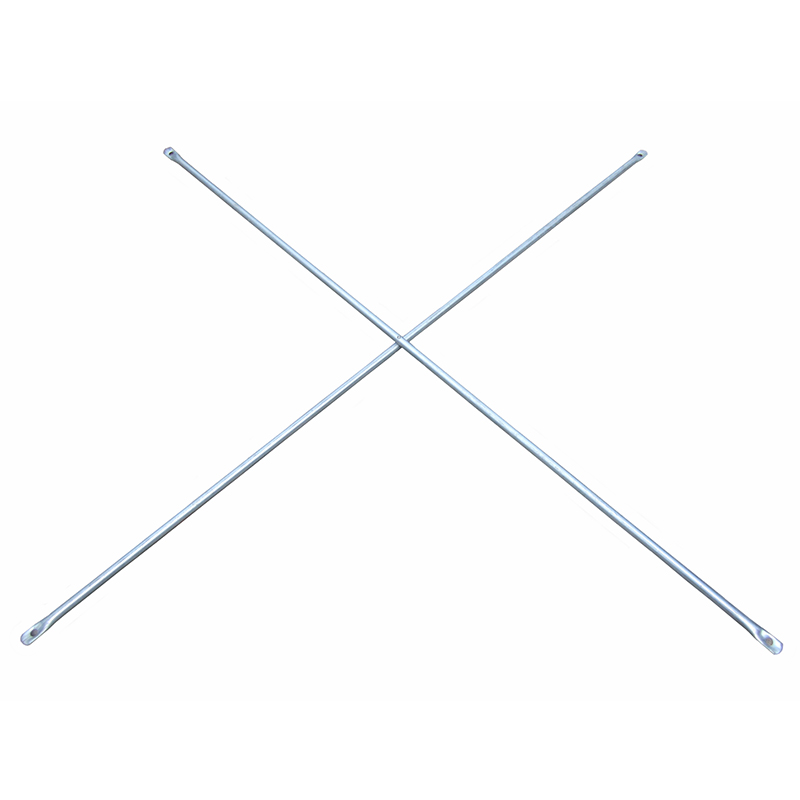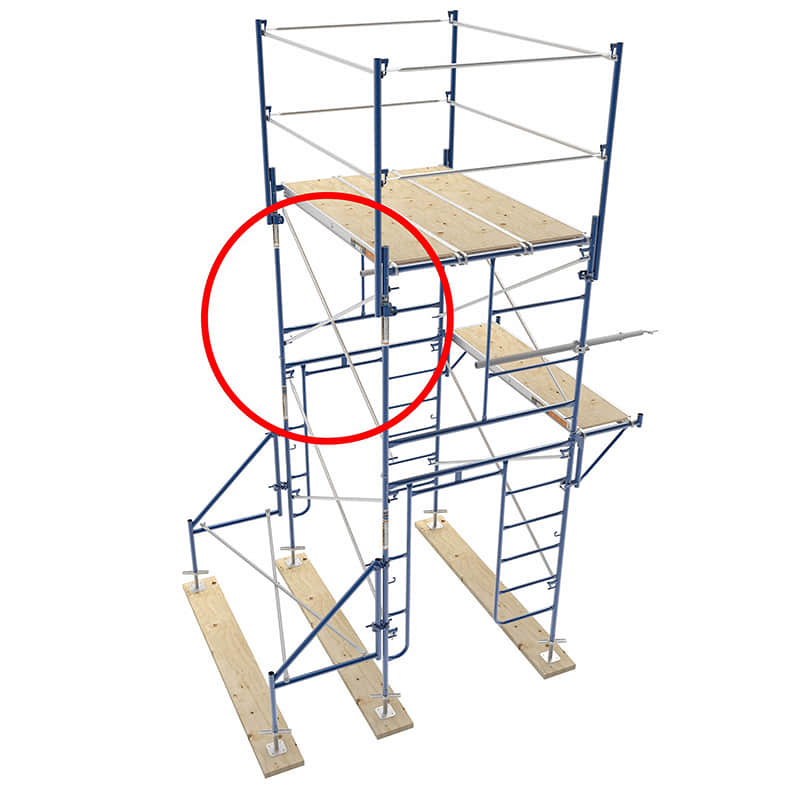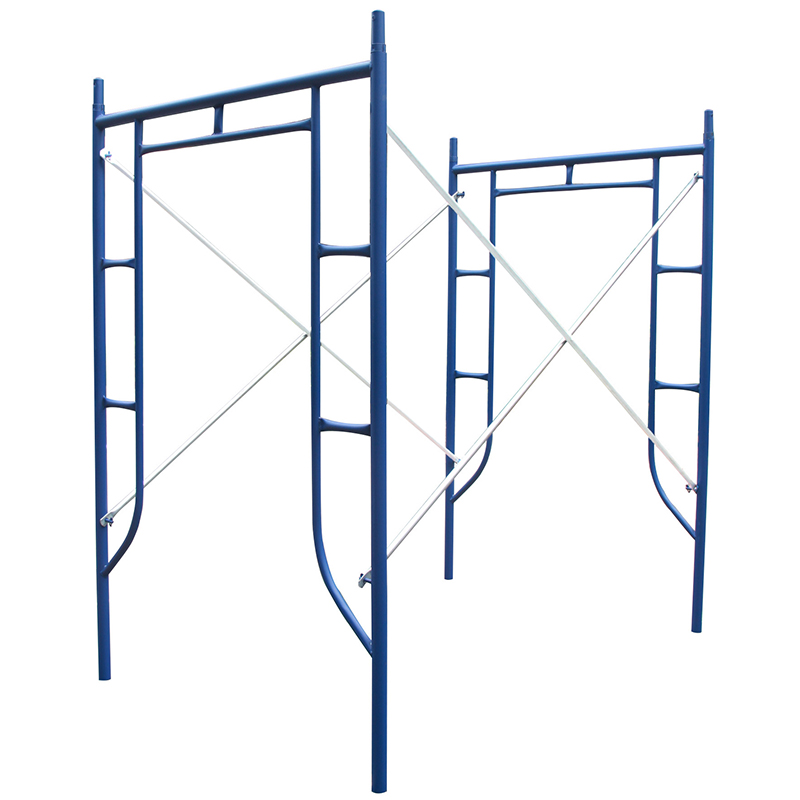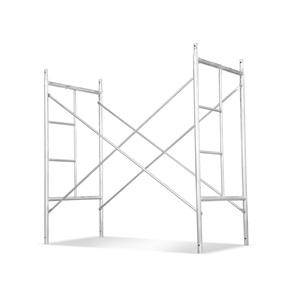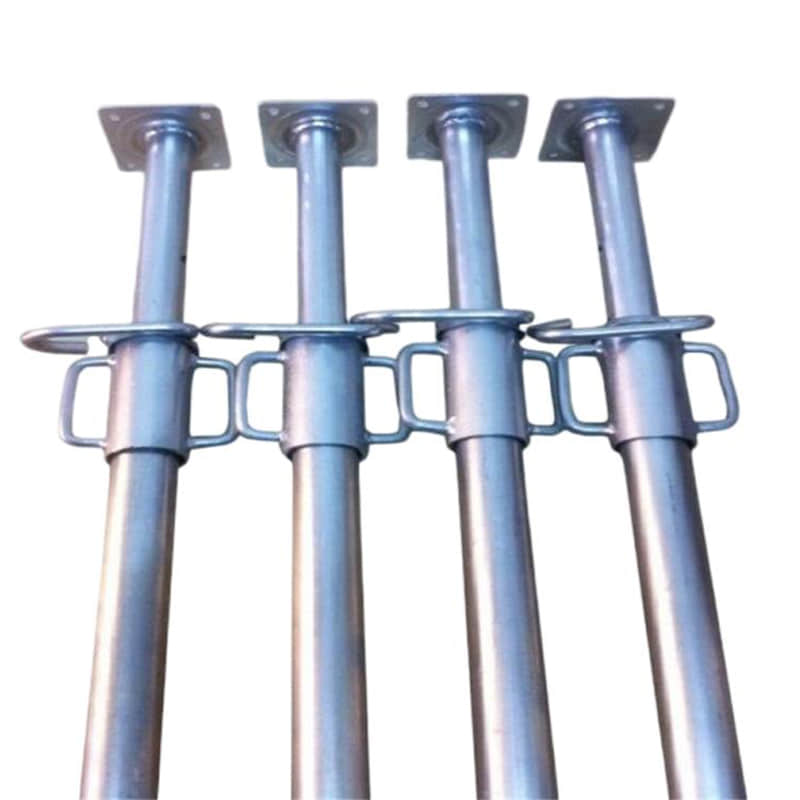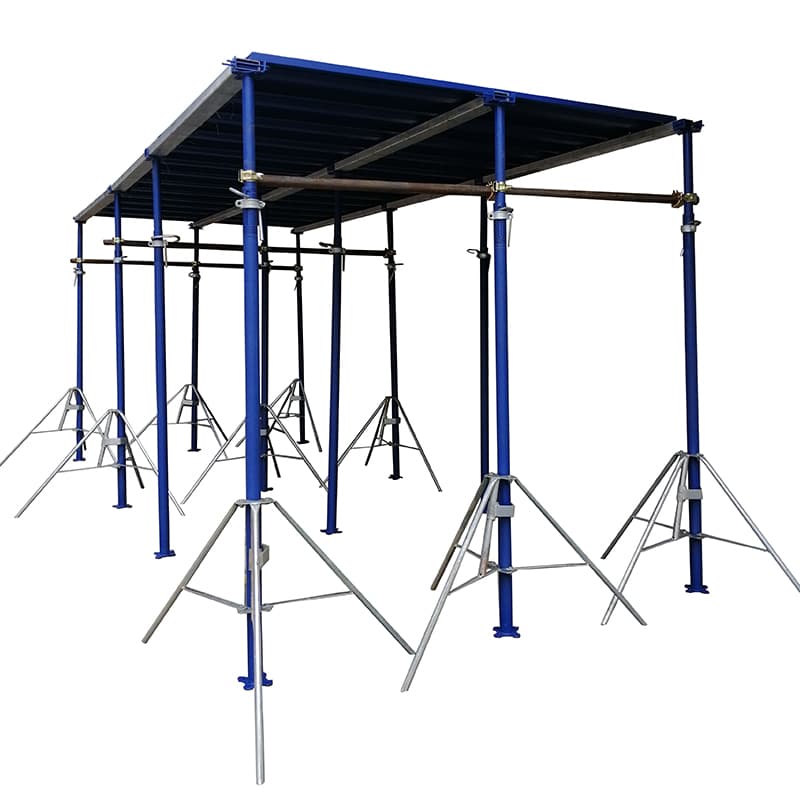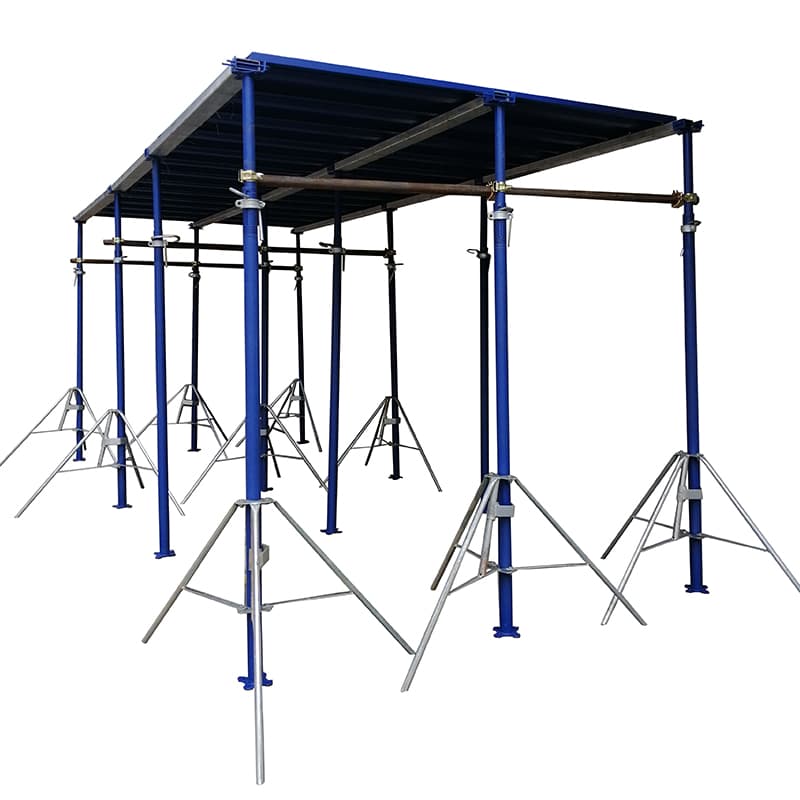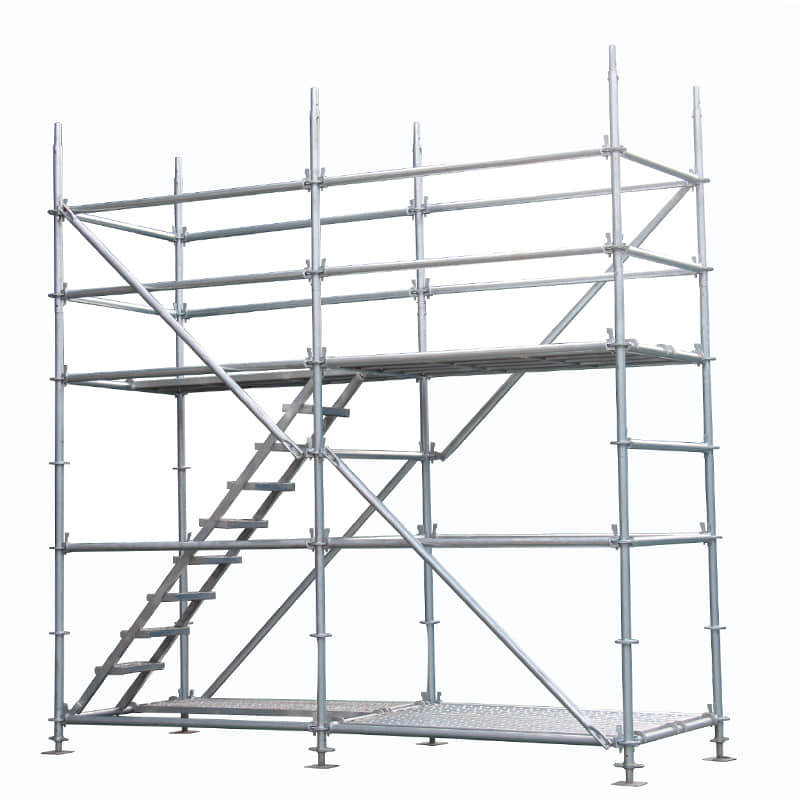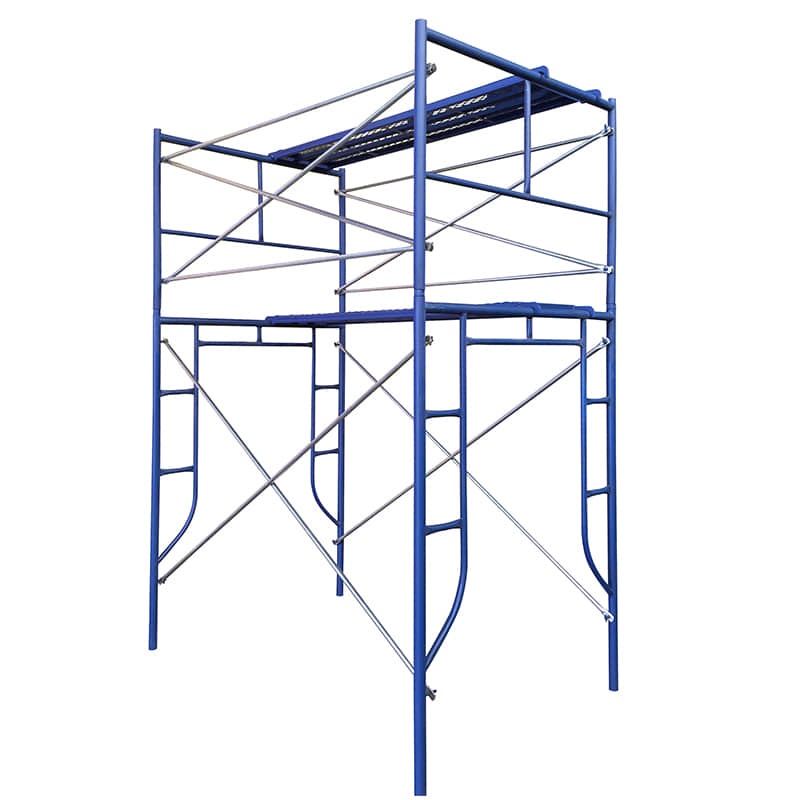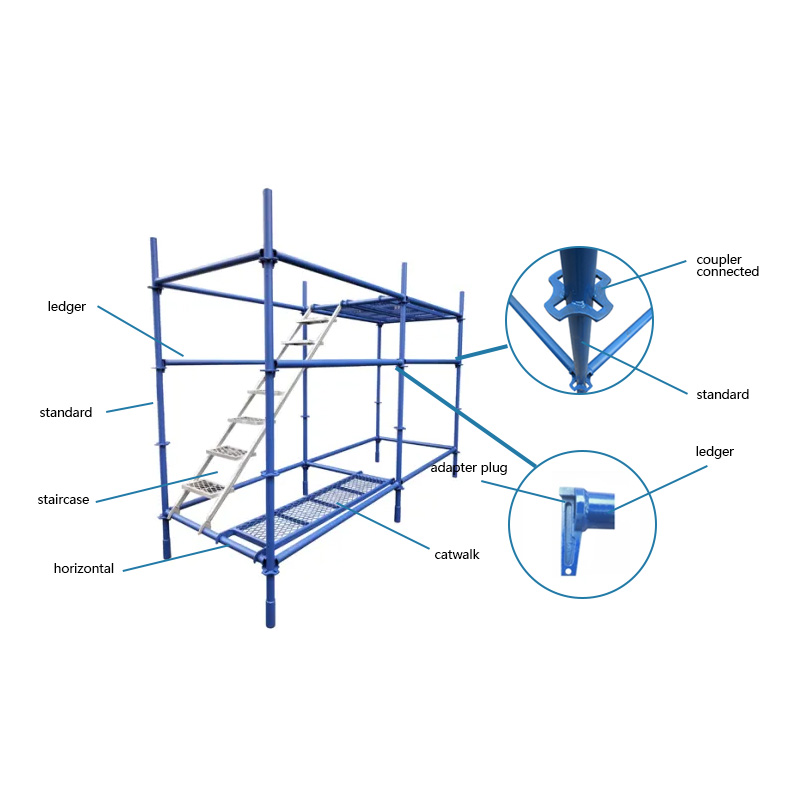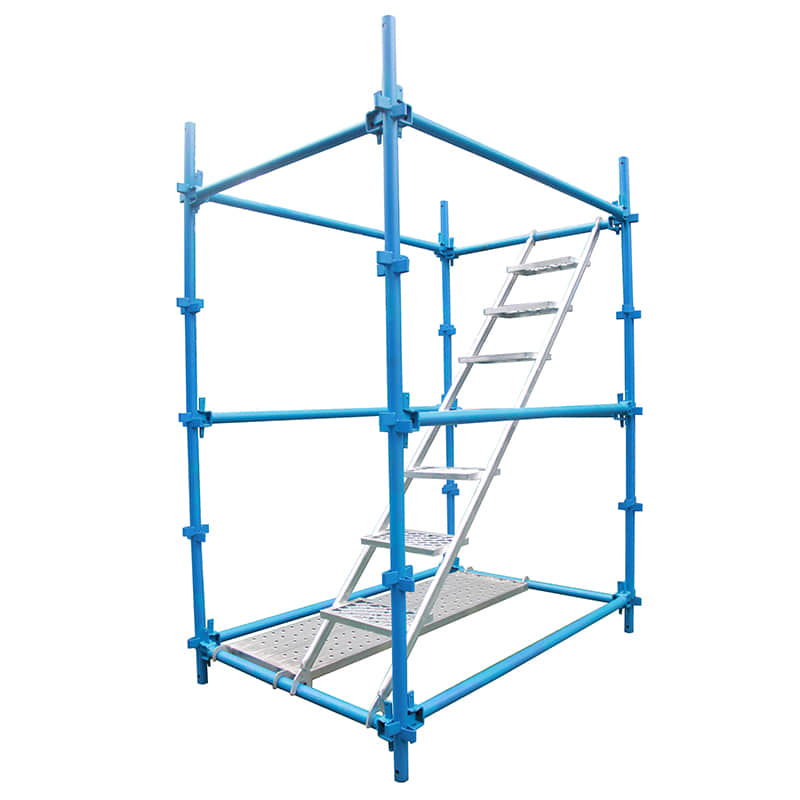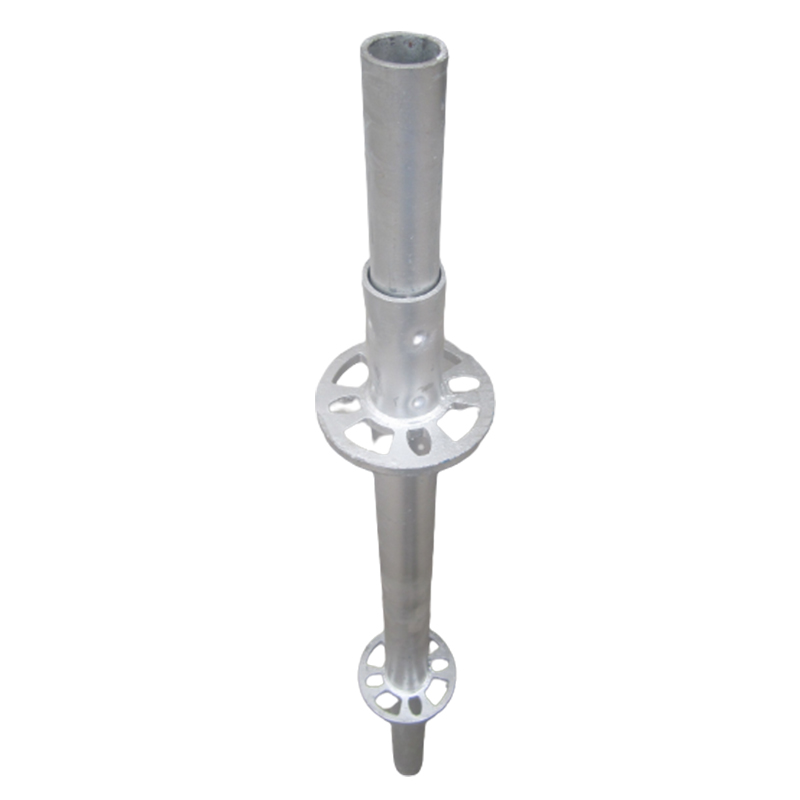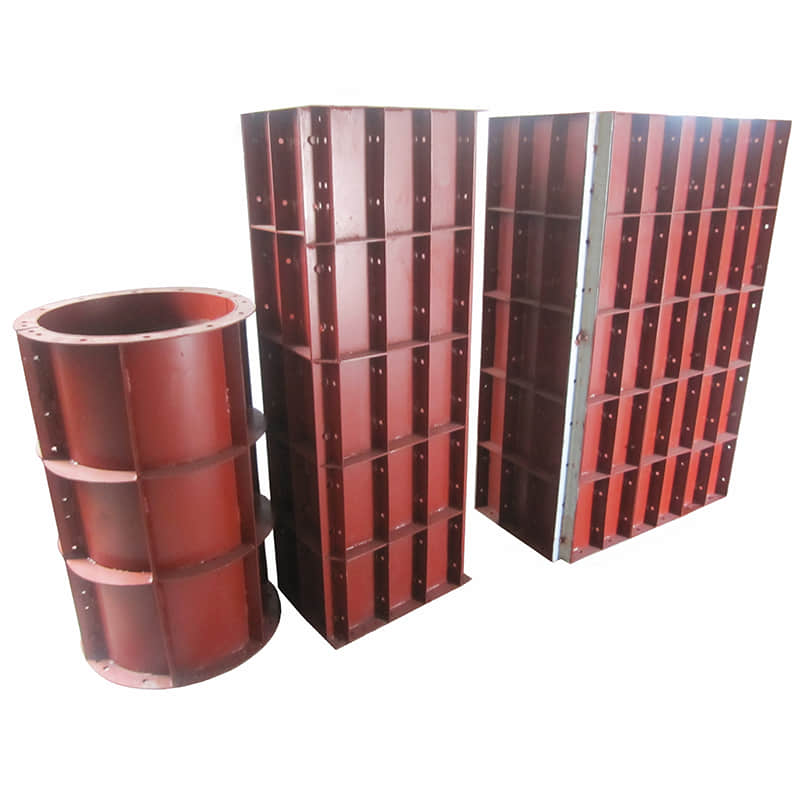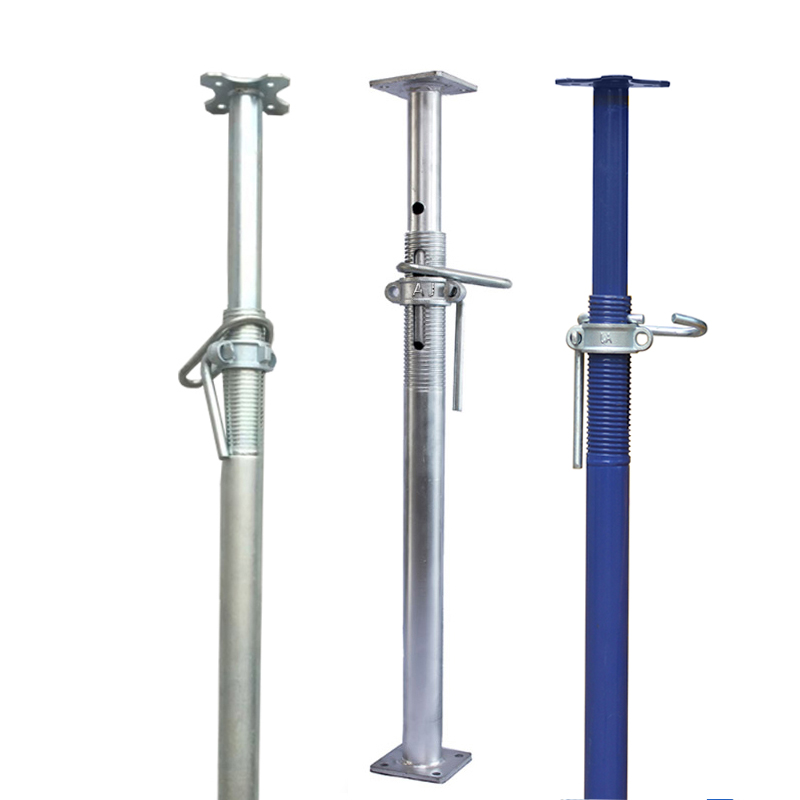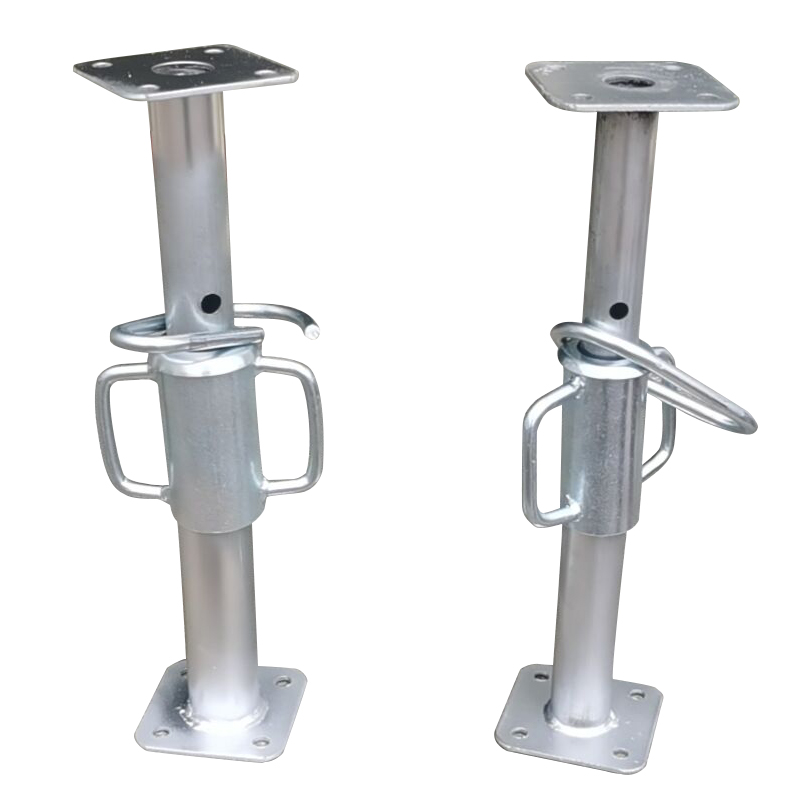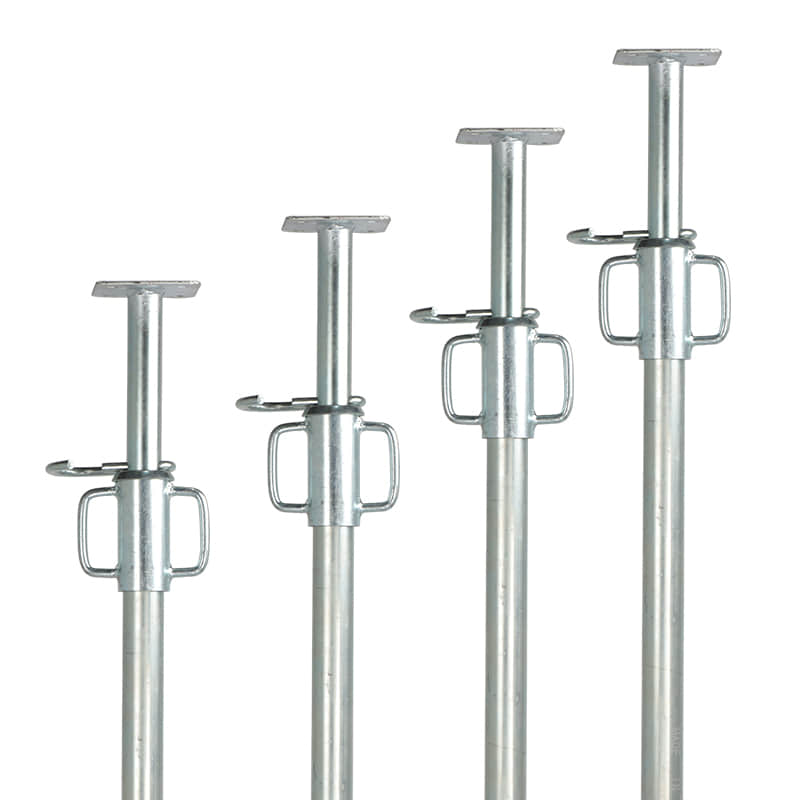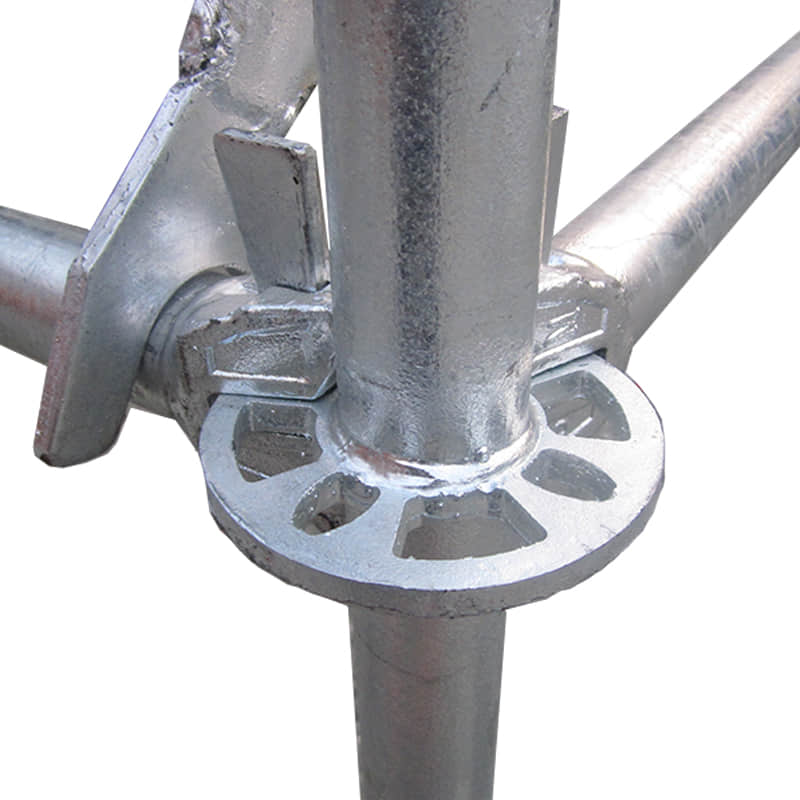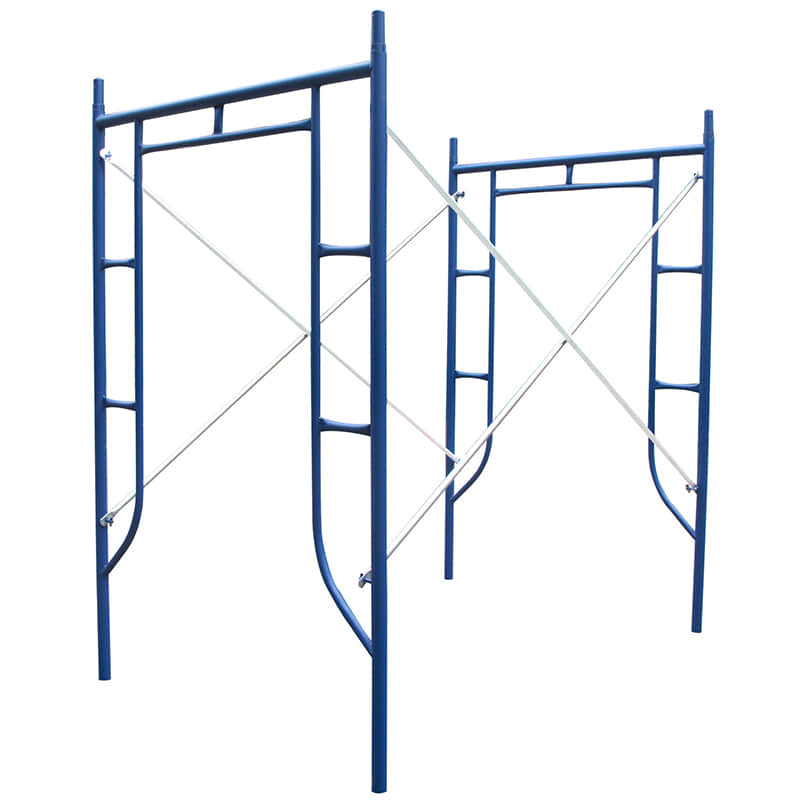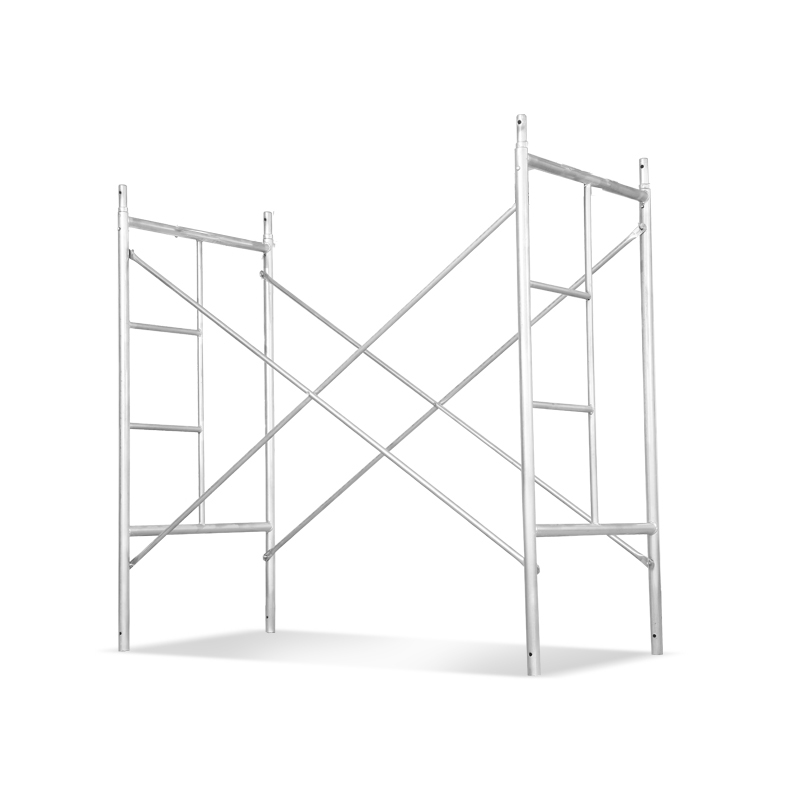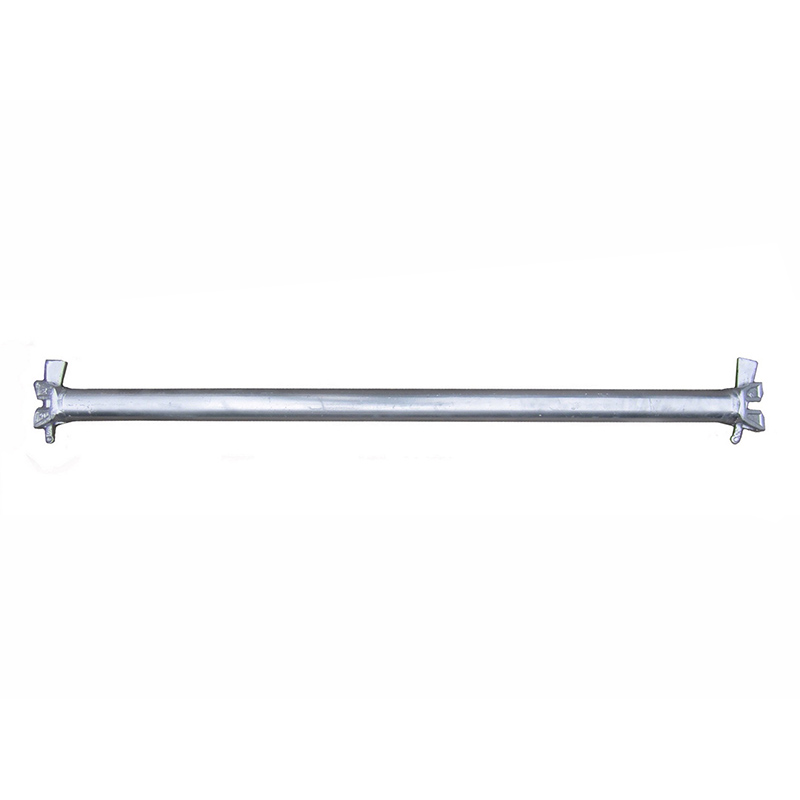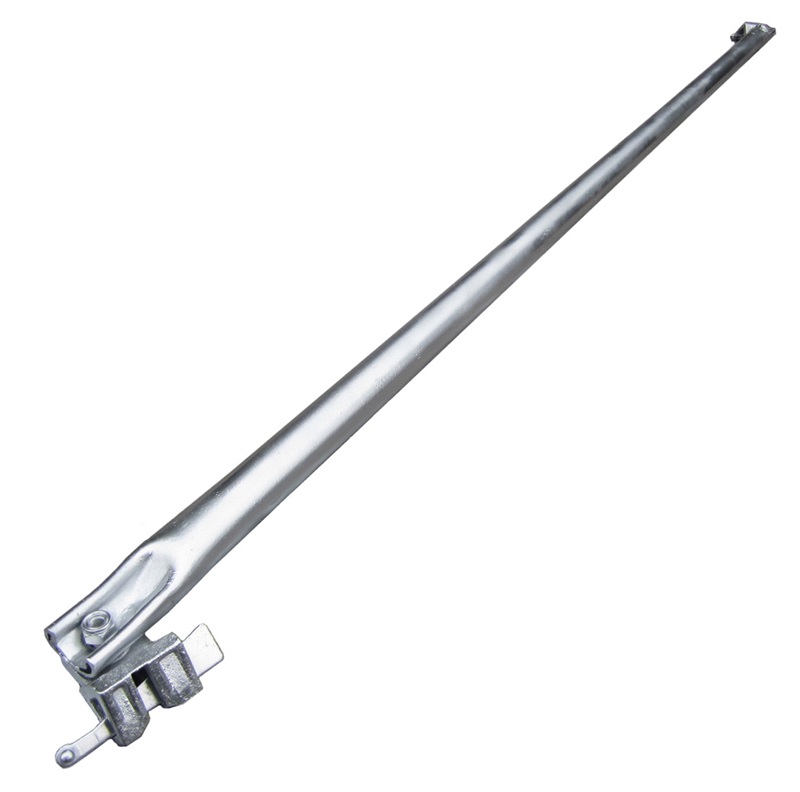Cross Bracing In Scaffolding
By using systems that can help with stability and structural integrity enhancement, cross bracing is a vital element in scaffolding. It typically consists of two diagonal braces crossing at an "X" and connecting two vertical frames in the scaffolding
AJ Building is a professional Scaffolding cross bracing manufacturer in China, providing you with scaffolding x braces products in different styles, customized sizes, and colors. If you plan to purchase these scaffolding accessories, please leave us a message with your information.
Features Of Scaffold Brace
-
 Avoid Sway And Lateral Movement
Cross braces transfer loads to vertical posts, ensuring that treatment is provided fairly for the whole scaffolding framework.
Avoid Sway And Lateral Movement
Cross braces transfer loads to vertical posts, ensuring that treatment is provided fairly for the whole scaffolding framework. -
 Spread Load Evenly
Cross braces transfer loads to vertical posts, ensuring that treatment is provided fairly for the whole scaffolding framework.
Spread Load Evenly
Cross braces transfer loads to vertical posts, ensuring that treatment is provided fairly for the whole scaffolding framework. -
-
 Enhance Stability
They stabilize the scaffolding and maintain it in line, especially when it comes to tall or complex scaffolding configurations.
Enhance Stability
They stabilize the scaffolding and maintain it in line, especially when it comes to tall or complex scaffolding configurations. -
Customization Options
Size:
x braces for scaffolding are scaffolding accessories, so their size is generally fixed, to adapt to the scaffolding system. But we can customize it for you if you have other size requirements.
2198*25*1.2mm / 2198*22*1.0mm
2045*25*1.2mm / 2045*22*1.0mm
1928*25*1.2mm / 1928*22*1.0mm
Surface treatment
The galvanized cross brace is widely used in engineering projects, which is divided into hot-dip galvanizing and pre-galvanizing processes. In addition, we also provide a powder spraying surface treatment process, which can customize the product into different colors. You can choose different process effects according to your needs.
Scaffolding Cross Braces Applications:

High-Rise Building Construction
Scenario: A skyscraper or multi-story building project requires scaffolding that reaches significant heights.
Why Cross Bracing is Critical: As scaffolding height increases, the potential for sway or lateral movement grows. Cross bracing provides the necessary rigidity to prevent the scaffold from becoming unstable due to wind or construction loads.
Configuration: x braces for scaffolding are installed at regular intervals, often every other vertical frame, from top to bottom to secure the entire scaffold tower. Full cross bracing may also be used for structures above 20 meters to handle the extra load.

Bridge And Infrastructure Work
Scenario: Scaffolding is erected for bridge repairs, tunnel construction, or other large infrastructure projects.
Why Cross Bracing is Critical: These projects often involve long spans of scaffolding with exposure to wind or water flow, requiring additional stability. The scaffolding must also support heavy equipment and materials.
Configuration: Diagonal scaffold braces is placed along the length of the scaffold to prevent swaying and handle heavy loads. Multiple rows of bracing might be used in combination with horizontal beams for enhanced stability.

Facade And Exterior Renovations
Scenario: Restoration or renovation work on historical buildings, large facades, or external structures.
Why Cross Bracing is Critical: The scaffolding needs to be stable against the building while providing a safe platform for workers to perform detailed restoration work. Additionally, the scaffold must be capable of withstanding wind exposure, especially in open areas.
Configuration: scaffolding x braces is used to secure the scaffolding along the building’s exterior. Depending on the height, additional bracing can be added at different intervals to manage any wind loads or the weight of construction materials.

 en
en fr
fr es
es